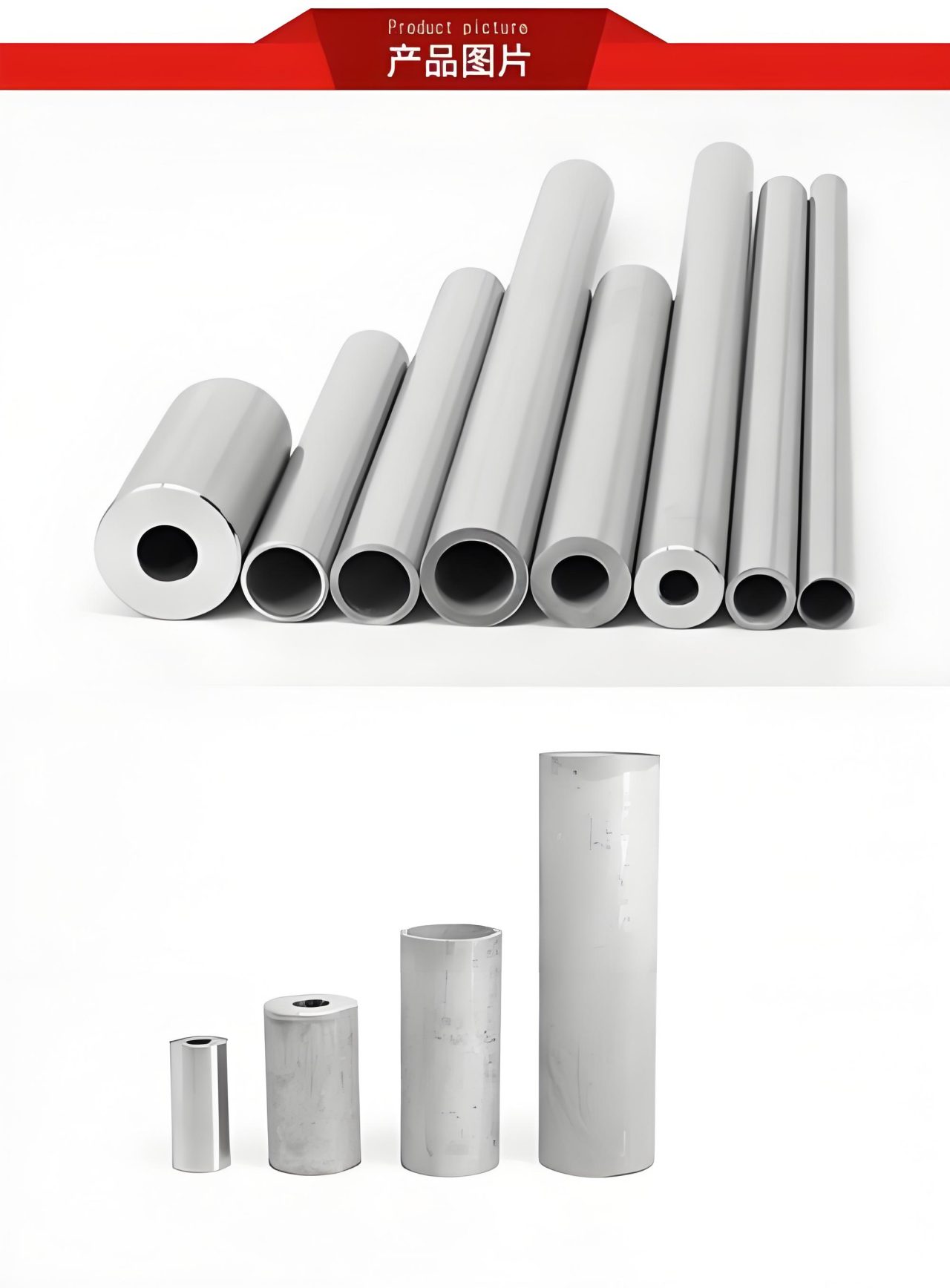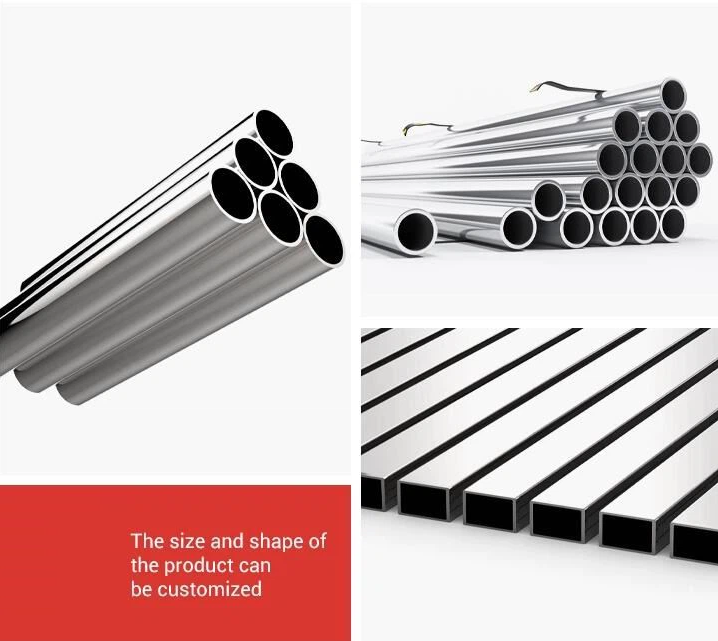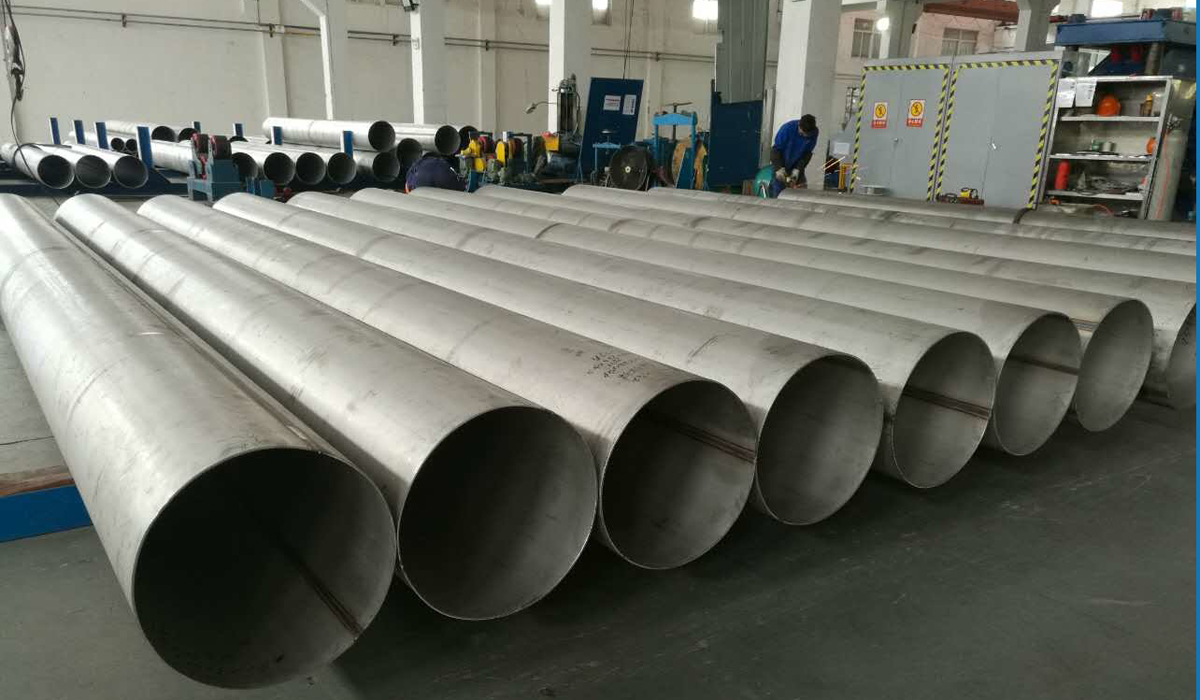2507 Duplex Stainless Steel Pipe | UNS S32750,SAF 2507

2507 Duplex Stainless Steel Pipe (UNS S32750, SAF 2507)
2507 Duplex Stainless Steel, also known as UNS S32750 or SAF 2507, is a super duplex stainless steel with a PREN (Pitting Resistance Equivalent Number) greater than 40. It contains approximately 25% chromium (Cr), high molybdenum (>3.5%), and high nitrogen (0.22% to 0.30%). These alloying elements provide exceptional corrosion resistance and superior mechanical properties compared to standard duplex stainless steel grades like 2205 (UNS S31803). The material is widely utilized in demanding environments such as offshore oil platforms, desalination plants, and chemical processing equipment.
The primary grades of super duplex stainless steel include UNS S32550 (UR52N+), UNS S32750 (SAF 2507), and UNS S32760 (Zeron 100). Among these, SAF 2507 (S32750) stands out due to its excellent combination of strength, toughness, and resistance to pitting and crevice corrosion. Its national standard designation in China is 00Cr25Ni7Mo4N, and it is also referred to as F53 in some contexts.
Applications of 2507 Duplex Stainless Steel Pipe
The 2507 duplex stainless steel pipe is extensively used in industries requiring high durability and resistance to harsh conditions. Key applications include:
- Offshore oil platforms: Heat exchanger tubes, water treatment and supply systems, firefighting systems, water spray systems, and water stabilization systems.
- Desalination equipment: High-pressure tubes in reverse osmosis (RO) systems and seawater piping.
- Petrochemical industry: Pipelines and equipment exposed to corrosive chemicals.
- Fertilizer industry: Piping systems for aggressive media.
- Oil and gas industry: Transportation and processing pipelines.
- Light and food industry: Hygienic and corrosion-resistant piping.
- Pulp and paper industry: Equipment handling corrosive liquors.
- Energy and environmental protection industry: Systems requiring long-term reliability.
Chemical Composition
The chemical composition of 2507 duplex stainless steel contributes to its exceptional properties. The following table outlines the typical composition:
| Element | Percentage (%) |
|---|---|
| Chromium (Cr) | 24.0 – 26.0 |
| Nickel (Ni) | 6.0 – 8.0 |
| Molybdenum (Mo) | 3.0 – 5.0 |
| Nitrogen (N) | 0.24 – 0.32 |
| Carbon (C) | ≤ 0.03 |
| Manganese (Mn) | ≤ 1.20 |
| Silicon (Si) | ≤ 0.80 |
| Phosphorus (P) | ≤ 0.035 |
| Sulfur (S) | ≤ 0.020 |
Mechanical Properties
The mechanical properties of 2507 duplex stainless steel pipe make it suitable for high-stress applications. The values below are typical for annealed material:
| Property | Value |
|---|---|
| Tensile Strength (MPa) | ≥ 800 |
| Yield Strength (0.2% Offset, MPa) | ≥ 550 |
| Elongation (%) | ≥ 15 |
| Hardness (Brinell, HB) | ≤ 310 |
Dimensions and Schedules of 2507 Duplex Stainless Steel Pipe
The 2507 duplex stainless steel pipe is available in various sizes and wall thicknesses, categorized by nominal pipe size (NPS) and schedule (SCH). The schedules indicate the wall thickness, which affects the pipe’s pressure rating and weight. Below are detailed tables for common schedules (SCH 10, SCH 40, SCH 80, and SCH 160) across a range of NPS values.
Schedule 10 (SCH 10)
| NPS (in) | Outside Diameter (mm) | Wall Thickness (mm) | Weight (kg/m) |
|---|---|---|---|
| 1/2 | 21.3 | 2.11 | 0.81 |
| 3/4 | 26.7 | 2.11 | 1.03 |
| 1 | 33.4 | 2.77 | 1.68 |
| 2 | 60.3 | 2.77 | 3.18 |
| 4 | 114.3 | 3.05 | 6.79 |
| 6 | 168.3 | 3.40 | 11.32 |
| 8 | 219.1 | 3.76 | 16.32 |
Schedule 40 (SCH 40)
| NPS (in) | Outside Diameter (mm) | Wall Thickness (mm) | Weight (kg/m) |
|---|---|---|---|
| 1/2 | 21.3 | 2.77 | 1.03 |
| 3/4 | 26.7 | 2.87 | 1.36 |
| 1 | 33.4 | 3.38 | 2.01 |
| 2 | 60.3 | 3.91 | 4.48 |
| 4 | 114.3 | 6.02 | 13.44 |
| 6 | 168.3 | 7.11 | 23.37 |
| 8 | 219.1 | 8.18 | 35.25 |
Schedule 80 (SCH 80)
| NPS (in) | Outside Diameter (mm) | Wall Thickness (mm) | Weight (kg/m) |
|---|---|---|---|
| 1/2 | 21.3 | 3.73 | 1.32 |
| 3/4 | 26.7 | 3.91 | 1.77 |
| 1 | 33.4 | 4.55 | 2.61 |
| 2 | 60.3 | 5.54 | 6.19 |
| 4 | 114.3 | 8.56 | 18.67 |
| 6 | 168.3 | 10.97 | 35.02 |
| 8 | 219.1 | 12.70 | 53.08 |
Schedule 160 (SCH 160)
| NPS (in) | Outside Diameter (mm) | Wall Thickness (mm) | Weight (kg/m) |
|---|---|---|---|
| 1/2 | 21.3 | 4.78 | 1.61 |
| 3/4 | 26.7 | 5.56 | 2.36 |
| 1 | 33.4 | 6.35 | 3.42 |
| 2 | 60.3 | 8.74 | 9.03 |
| 4 | 114.3 | 13.49 | 27.54 |
| 6 | 168.3 | 18.26 | 55.36 |
| 8 | 219.1 | 22.23 | 87.34 |
Corrosion Resistance
The high chromium, molybdenum, and nitrogen content in 2507 duplex stainless steel provides outstanding resistance to pitting, crevice corrosion, and stress corrosion cracking (SCC). Its PREN value (>40) indicates superior performance in chloride-rich environments, such as seawater, making it an ideal choice for marine and offshore applications.
Fabrication and Welding
2507 duplex stainless steel pipes can be welded using standard methods such as TIG (GTAW), MIG (GMAW), and plasma arc welding. Preheating is generally not required, but post-weld annealing at 1020–1100°C followed by rapid cooling is recommended to restore the balance of austenite and ferrite phases and maximize corrosion resistance.










